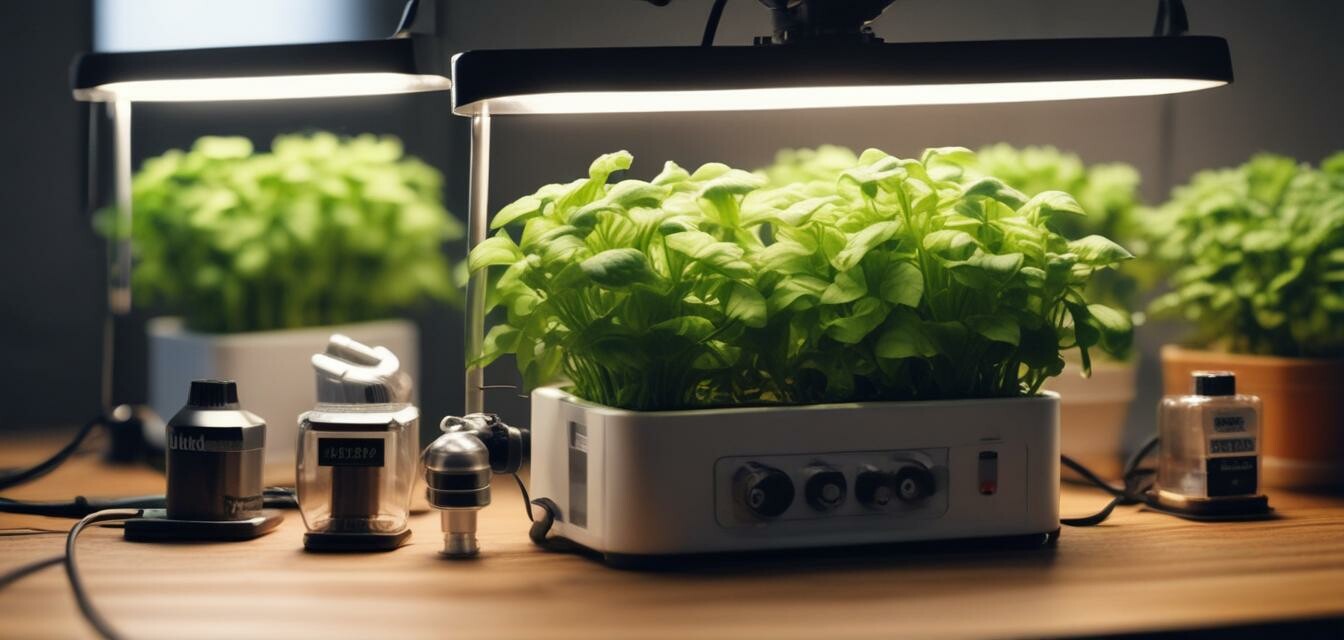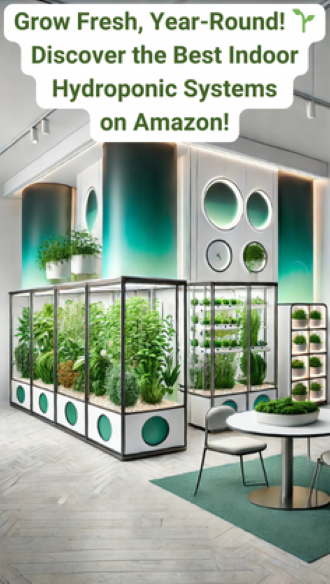
Essential Hydroponic Accessories You Need
Key Takeaways
- Understand the importance of various hydroponic accessories in enhancing growth.
- Investing in quality accessories can save time and boost yield.
- Regular maintenance of equipment ensures longevity and effectiveness.
Hydroponics has revolutionized the way we grow plants, allowing them to thrive in nutrient-rich water without soil. However, to truly maximize your indoor garden's potential, you need more than just a good hydroponic system; you also need the right accessories. This guide will walk you through the must-have accessories for your hydroponic setup, ensuring you create an optimal environment for your plants.
Why are Accessories Important?
Accessories are crucial to the success of your hydroponic garden. They help in managing environmental conditions, delivering nutrients, assisting growth, and maintaining a healthy ecosystem within your setup. Here are some essential accessories that can enhance your hydroponic experience:
Top Essential Hydroponic Accessories
| Accessory | Function |
|---|---|
| Air Pump | Ensures adequate oxygen supply to plant roots. |
| Nutrients | Provides essential minerals for plant growth. |
| Growing Lights | Supplies adequate light for photosynthesis. |
| pH Meter | Monitors the pH level of your nutrient solution. |
| Seedling Trays | Helps in germinating seeds before transferring to the system. |
| Net Pots | Holds plants in place in your hydroponic system. |
| Growing Media | Provides a stable structure for plants and retains moisture. |
| Timers | Automates light and feeding schedules. |
In-Depth Look at Essential Accessories
1. Air Pump
Air pumps are crucial for ensuring that the roots of your plants receive enough oxygen. In a hydroponic system, plant roots are submerged in water, which can lead to hypoxia (lack of oxygen) if not properly aerated. Investing in a high-quality air pump will help you avoid potential root rot and promote healthy plant growth.
2. Nutrients
Nutrients are the lifeline of your hydroponic garden. Hydroponic systems require a specialized blend of nutrients that are dissolved in water, which can provide all the essential elements for plant growth. Regularly check your nutrient solution and keep it balanced to meet the needs of your plants.
For more on nutrients, check our article on Nutrient and additive solutions.
3. Growing Lights
If your indoor garden lacks natural sunlight, investing in quality growing lights is paramount. Different types of lights, such as LED or fluorescent, can provide the spectrum of light required for photosynthesis. Ensure that your plants receive 12-16 hours of light daily for optimal growth.
Explore various options in our section on Lighting solutions for hydroponics.
4. pH Meter
Monitoring and adjusting pH levels is essential in hydroponics. A pH meter allows you to measure the acidity or alkalinity of your nutrient solution. Maintaining the right pH level ensures that your plants can absorb nutrients effectively, maximizing their growth potential.
5. Seedling Trays
Seedling trays are perfect for starting your plants before they transition into the hydroponic system. They allow for controlled germination and provide a stable environment for young plants, leading to a healthier root system when transferred to the hydroponic setup.
6. Net Pots
These pots support your plants while allowing the roots to extend into the nutrient solution. Using net pots ensures that your plants are secure and can easily access the nutrients they need for robust growth.
7. Growing Media
While hydroponics doesn’t require soil, some form of growing media is beneficial for plant stability and moisture retention. Options like coconut coir, perlite, or rock wool can offer the support needed while delivering essential moisture to the plants.
8. Timers
Automated timers can help maintain consistent light schedules and nutrient feeding, reducing manual work. By programming your system, you can ensure a reliable growing environment that replicates outdoor conditions.
Pros
- Enhanced growth and yield with proper accessories.
- Better control over environmental factors.
- Reduced labor through automation with timers.
Cons
- Initial investment cost for accessories can be high.
- Requires continuous monitoring and adjustments.
Maintaining Your Accessories
To ensure that your hydroponic accessories last and function properly, regular maintenance is vital. Here’s a quick checklist on how to take care of your equipment:
- Clean air pumps and filters to maintain airflow.
- Check nutrient levels periodically and refill as needed.
- Inspect lights for functionality and replace when necessary.
- Calibrate your pH meter regularly to ensure accuracy.
Tips for Beginners
- Start with a few essential accessories and build your collection over time.
- Read user reviews and product guides to make informed purchases.
- Experiment with different brands to find the best fit for your setup.
- Follow our growing techniques for optimal plant growth.
Conclusion
Hydroponic gardening can be a rewarding experience when equipped with the right accessories. By investing in essential components like air pumps, nutrients, and growing lights, you can ensure that your plants thrive and produce bountiful yields. Keep in mind that maintenance and monitoring are just as important as having the right gear. Take time to learn about each accessory and how it contributes to your hydroponic ecosystem for the best results.
